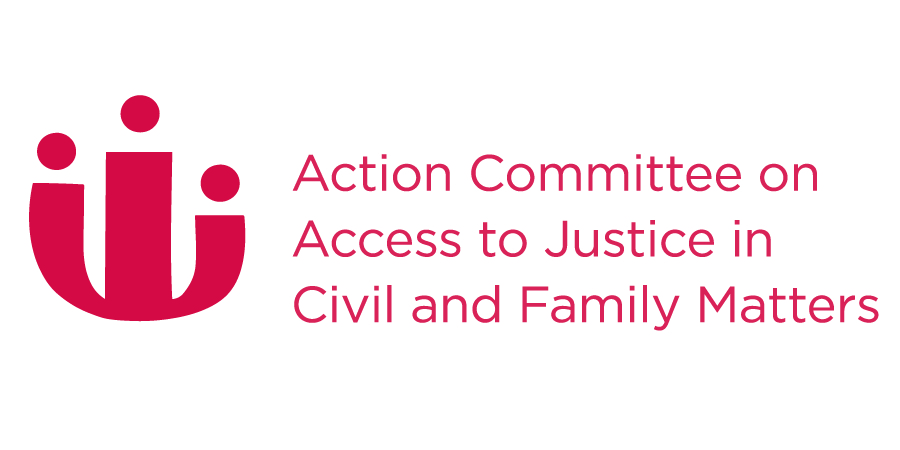Federal, Provincial and Territorial Governments Should Implement Legal Aid Impact Statements
Ab Currie, PhDFriday, December 8, 2017
In a recent anthology on issues in legal aid, Professor Mary Anne Noone from Latrobe University in Melbourne, Australia proposed that legal aid impact statements become a requirement. In so doing, this would allow governments and others to take account of the downstream impacts that changes to legislation or policy proposed by governments have on legal aid programs. (Mary Anne Noone, Challenges Facing the Legal Aid System in Flynn, A. and Hodgson J. (eds), Access to Justice and Legal Aid: Comparative Perspectives on Unmet Legal Need Oxford: Hart Publishing (2017).
According to Professor Noone, legal aid impact statements have been discussed since the early 1990’s in Australia. Should legal aid impact statements be considered for Canada? What would this look like? As relates to Canada, the adoption of a legal aid impact statement requirement would mean that federal, provincial and territorial governments would have to commit to assessing the impact that all legislative and policy changes in criminal, family and social benefits law would have on legal aid. It would require that provincial and territorial governments assess how the establishment of different courts including, for example, domestic violence courts might impact legal aid. In addition, it would mean that governments would also have to weigh, for example, the impact that an increase in the number of police officers assigned to the streets, as well as a potential increase in the number of criminal charges filed, would affect legal aid. Being forced to consider the downstream effects that policy changes might have on legal aid (and a need for additional legal aid funding) could affect the adoption of changes to charging practices and to policing programs. In the same respect, a legal aid impact statement requirement would also mean that any major changes to government benefits and entitlement programs that would remove citizens from benefit programs or alter the amounts of benefits that they receive would also need to be weighed in terms of their potential impact on legal aid. Importantly, impact statements would also need to include considerations of the cost of implementing “best practices” and holistic and integrated services that aim to meet new demands.
Impact statements would not address existing problems such as the need for representation in family courts. However, in an environment in which legal aid is already under-resourced, it would provide a mechanism to prevent legal aid from falling farther behind.



